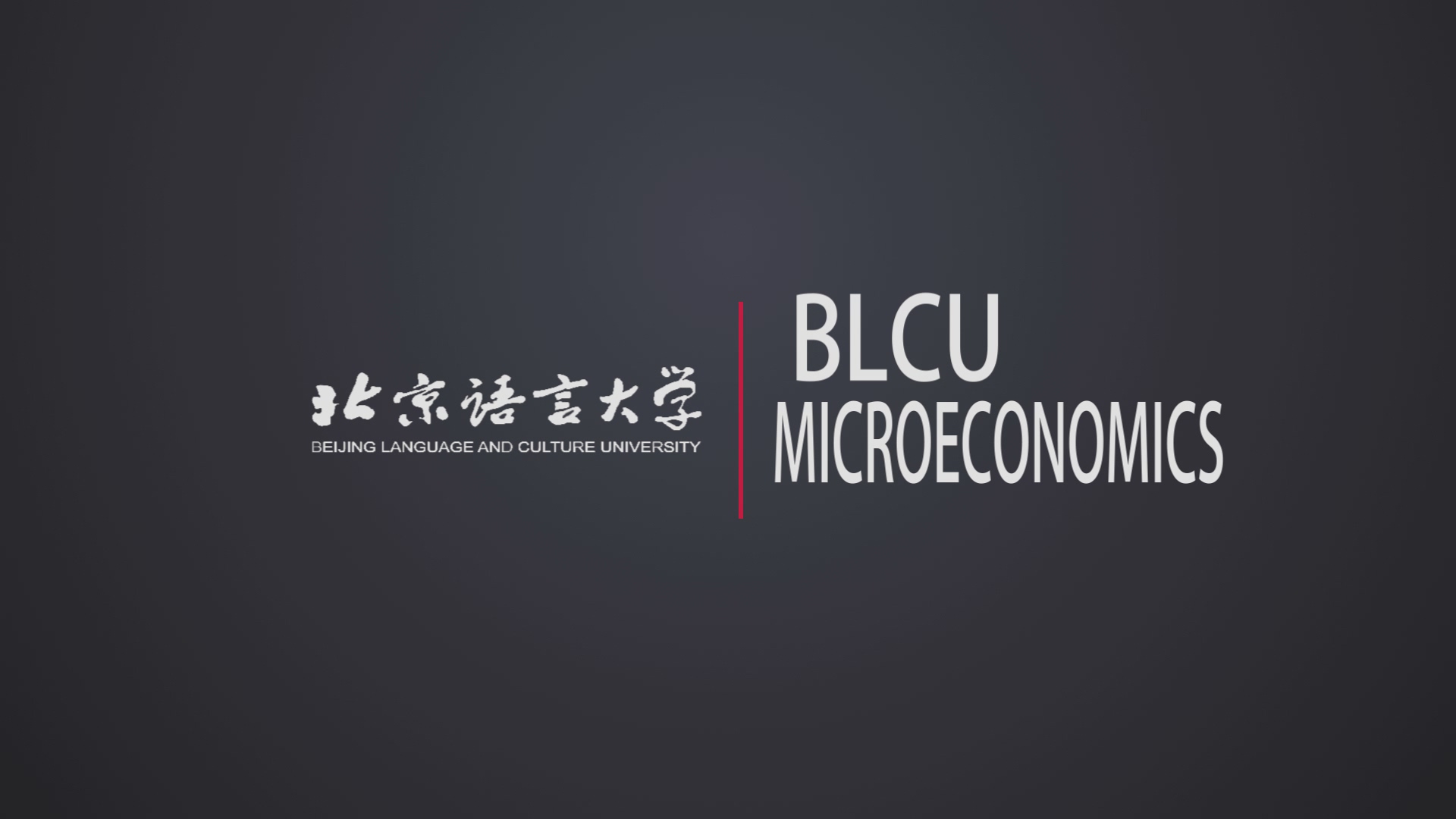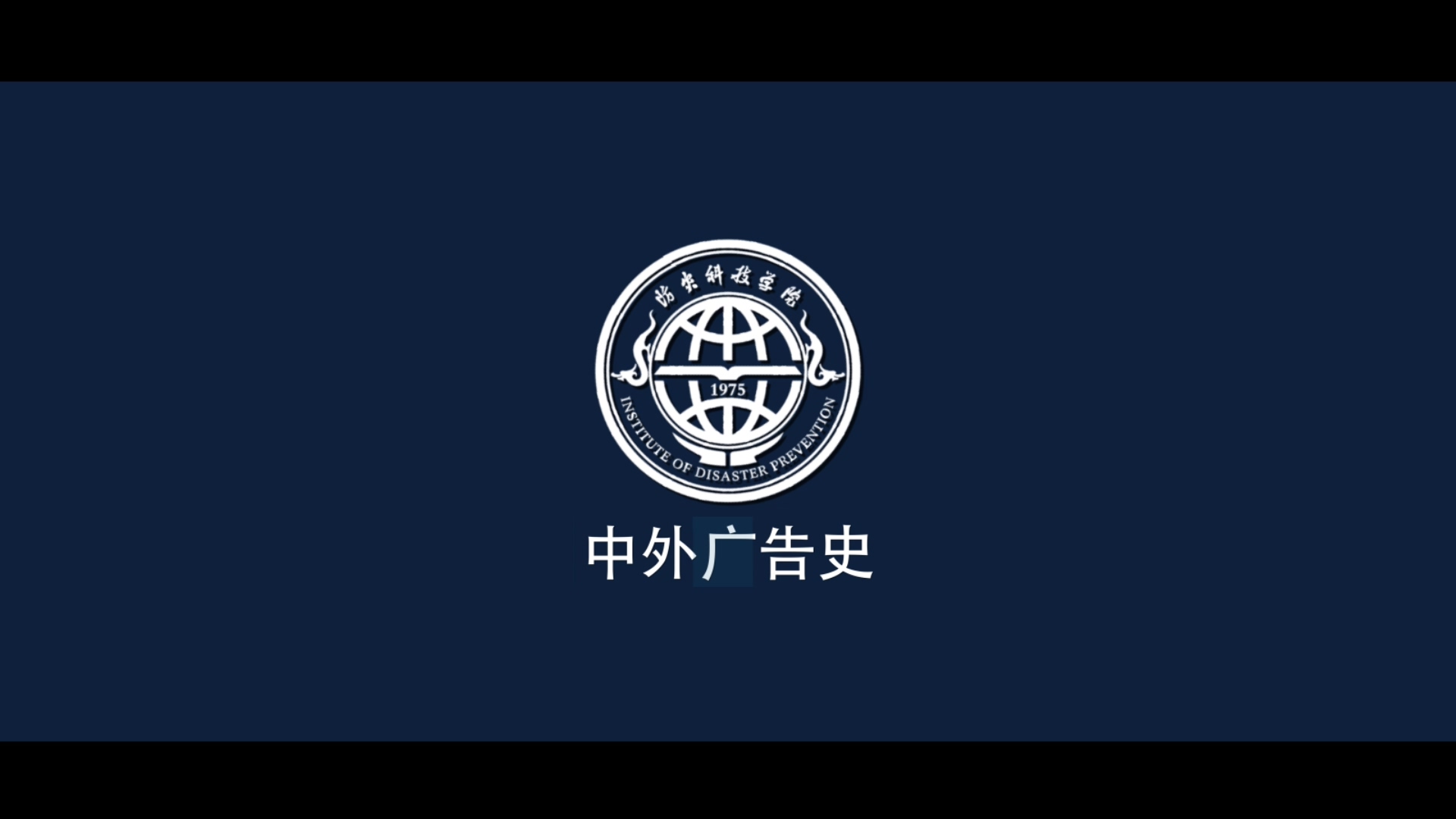
当前课程知识点:Introduction of New Structural Regional Economics > 7. A Demonstration of China's Development Achievements > 7.4 Growth Identification and Facilitation: Integration of Yangtze River Delta and High-quality Deve > 7.4 Growth Identification and Facilitation: Integration of Yangtze River Delta and High-quality Deve
返回《Introduction of New Structural Regional Economics》慕课在线视频课程列表
返回《Introduction of New Structural Regional Economics》慕课在线视频列表
欢迎大家继续学习
新结构区域经济学导论
我们继续学习第七章第四节
了解中国长江三角洲城市群
一体化发展
并以中国浙江省宁波市为例
分析宁波市融入长江三角洲城市群的路径
分析宁波市融入长江三角洲城市群的路径
运用新结构区域经济学工具
首先简单介绍
区域经济一体化理论
区域经济一体化理论的发展
它有一个连续的脉络
首先起源于古典经济一体化理论
主要是关税同盟
进一步演化为国际经济一体化理论
包括自贸区理论
和关税同盟理论的拓展
第三是共同市场理论与要素市场一体化
第四是克鲁格曼为代表的
新经济地理学的中心-外围理论
目前国际上
最为常用的区域经济一体化理论框架
是克鲁格曼基于规模报酬递增
提出的新经济地理学
通过地区间产业分工与集聚
促使区域经济一体化
是新经济地理学的重要领域
但是,深入分析发现
克鲁格曼的中心外围理论存在较为明显的不足
首先,中心外围理论模型中
基本不考虑禀赋结构与发展阶段
而新结构经济学强调
禀赋结构与发展阶段
第二 中心外围理论模型
通常将劳动力作为唯一生产要素
强调规模报酬递增
而新结构经济学则主要强调
禀赋结构的比较优势
第三,中心外围理论模型通常使用Dixit-Stigliz的效用函数
假定不同产业之间是对称的
而新结构经济学
则主要针对发展中国家
有5大类型的非对称性的产业划分
第四,新经济地理学
主要强调市场的自发力量
并不强调有为政府
对不同产业需要发挥不同的作用
而新结构经济学
有增长甄别与因势利导框架(GIFF)
五大产业政策等应用工具
五大产业政策等应用工具
主张“有效市场”与“有为政府”相结合
市场主导、政府因势利导的产业政策
主张结合不同的发展阶段
对不同产业采取区别对待
总体来看
新结构经济学与之最主要的不同
在于强调禀赋结构
五大类型产业划分等产业政策作用
并且严格区分
不同发展阶段的禀赋结构
产业结构等等
接下来
我们运用新结构经济学视角下的区域一体化框架
分析宁波如何高质量
融入长江三角洲城市群
首先简单了解宁波
与长三角的基本情况
长三角城市群区域内
城市整体收入水平较高
2016年区域内人均GDP
已超过世界银行的高收入门槛值
从政策层面来看
宁波是中国制造2025首批示范性城市
而制造强国和人工智能战略
是新时代中国经济
高质量发展的两大重要战略
从城市发展定位来看
长三角城市群发展规划
明确提出促进宁波都市圈
高效整合海港资源
打造全球一流的现代化综合枢纽港
国际航运服务基地
and international trade logistics center
和国际贸易物流中心
且宁波舟山港是中国第四大港口
在长江经济带和一带一路战略中
均占有重要的战略位置
基于上述基本背景
我们分五步来寻找
宁波与长三角的产业融合路径
首先是选择目标城市
通过发展阶段、城市规模
区位因素和产业结构的对比发现
上海的发展阶段领先宁波
城市规模大于宁波
区位上交通距离接近
产业结构存在互补空间
在长三角城市中
最适合做宁波的目标
第二是分析城市禀赋结构
宁波的研发人员全时当量低于上海
但宁波人均GDP和工资水平
与上海十分接近
虽然宁波不具备
承接上海劳动密集型的
非主导产业
但是从土地要素来看
宁波供地总量
和规划建设用地多于上海
具有充裕的土地和港口运输能力
制造业人数占据绝对优势
但不具备工资上的比较优势
高素质人才方面具有比较劣势
第三是分析城市的产业结构
进一步对比分析产业结构
选择符合宁波比较优势的产业
具有发展前景的产业
市场潜力比较大的产业
以及企业增长快的产业
作为宁波主动融入的目标
比较宁波和上海的三次产业结构
宁波主要以第二产业为主
上海以第三产业为主
因此比较而言
宁波具有比较优势的产业
应该是第二产业
第四是确定产业融合路径
一方面要立足于宁波市
具有比较优势的产业
另一方面也要比较上海
相同产业的发展现状与趋势
确定同一产业
在上海和宁波的不同地位
通过这幅表
我们可以发现,宁波与上海
在多数制造业领域相近
但宁波市石化行业领先
第五是寻找产业融合瓶颈
2014~2018年
上海企业和宁波企业投资结构表明
宁波和上海产业融合
处于违背宁波比较优势
遵循上海比较优势的状况
宁波的比较优势产业在于制造业
但上海对宁波投资
以服务业为主
制造业投资占比偏低
且行业和地区集中
这说明宁波在引进上海资金的同时
忽略了本地制造业的
比较优势和和发展瓶颈
最后是发挥有为政府作用
针对以上产业融合过程中
存在的约束瓶颈
需要有为政府因势利导
需要有为政府因势利导
从增强要素供给
改善软硬基础设施等方面
降低宁波和上海产业融合的交易成本
提高产业竞争力
促进产业升级
促进产业升级
以消除制约宁波产业转型
和发展的瓶颈为切入点
从引导要素流入
改善基础设施和制度环境
完善配套生产性服务业为着力点
促进宁波高质量承接
或融入上海产业发展
宁波市政府应与上海市政府应多领域
宁波市政府应
与上海市政府应多领域
全方位地深化合作
在公共交通、科技创新
产业融合、人才培育
民生保障、生态治理和体制建设方面
互联互通
共建共享
好,以上就是本节课的主要内容
希望大家简单了解
长三角城市群一体化
谢谢大家
-1.1.1 China's Physical Geography
--1.1.1 China's Physical Geography
--1.1.1 Test
-1.1.2 Hu Line
--1.1.2 Test
-1.1.3 Economic catch-up of the central and western China
--1.1.3 Economic catch-up of the central and western China
--1.1.3 Test
-1.2.1 Overview of China’s economy
--1.2.1 Overview of China’s economy
--1.2.1 Test
-1.2.2 Coastal special economic zones in China
--1.2.2 Coastal special economic zones in China
--1.2.2 Test
-1.2.3 Western Development strategy in China
--1.2.3 Western Development strategy in China
--1.2.3 Test
-1.2.4 Northeast China Revitalization Plan
--1.2.4 Northeast China Revitalization Plan
--1.2.4 Test
-1.2.5 Rise of Central China Plan
--1.2.5 Rise of Central China Plan
--1.2.5 Test
-1.3.1 Coordinated regional development and main functional area
--1.3.1 Coordinated regional development and main functional area
--1.3.1 Test
-1.3.2 China’s urban agglomeration pattern and the economic effect
--1.3.2 China’s urban agglomeration pattern and the economic effect
--1.3.2 Test
-2.1 Agricultural location theory
--2.1 Agricultural location theory
--2.1 Test
-2.2 Growth Pole Theory
--2.2 Test
-2.3 The Stages of Economic Growth
--2.3 The Stages of Economic Growth
--2.3 Test
-2.4 Pole & Axis System Theory
--2.4 Pole & Axis System Theory
--2.4 Test
-2.5 Center-periphery theory
--2.5 Test
-3.1 Why New Structural Economics
--3.1 Why New Structural Economics
--3.1 Test
-3.2 The Theoretical Foundation of New Structural Economics
--3.2 The Theoretical Foundation of New Structural Economics
--3.2 Test
-3.3 Does New Structural Economics Offer Explanations?
--3.3 Does New Structural Economics Offer Explanations?
--3.3 Test
-3.4 Application for Industrial Policy
--3.4 Application for Industrial Policy
--3.4 Test
-3.5 Does the idea of New Structural Economics work?
--3.5 Does the idea of New Structural Economics work?
-4.1 Regional Externality
--4.1 Test
-4.2 Endowment Structure Transformation
--4.2 Endowment Structure Transformation
--4.2 Test
-4.3 Role Boundary of Facilitating Government
--4.3 Role Boundary of Facilitating Government
--4.3 Test
-4.4 Spatial Optimal Equilibrium
--4.4 Spatial Optimal Equilibrium
--4.4 Test
-4.5 Evolution of Dynamic Spiral
--4.5 Evolution of Dynamic Spiral
--4.5 Test
-5.1 China's Development Experience and OFDI
--5.1 China's Development Experience and OFDI
--5.1 Test
-5.2 Commonness and New Trends of Developing Countries
--5.2 Commonness and New Trends of Developing Countries
--5.2 Test
-5.3 Industrialization of Developing Countries with Special Economic Zones
--5.3 Industrialization of Developing Countries with Special Economic Zones
--5.3 Test
-5.4 Growth Identification and Facilitation Framework (GIFF)
--5.4 Growth Identification and Facilitation Framework (GIFF)
--5.4 Test
-5.5 GIFF in Practice and Case Studies (Nigeria, Benin and Uzbekistan)
--5.5 GIFF in Practice and Case Studies (Nigeria, Benin and Uzbekistan)
--5.5 Test
- 6.1.1 The global competitiveness model and its theoretical basis
-- 6.1.1 The global competitiveness model and its theoretical basis
--6.1.1 Test
- 6.1.2 The Brief introduction of the Theory of County Economic Competitiveness
-- 6.1.2 The Brief introduction of the Theory of County Economic Competitiveness
--6.1.2 Test
- 6.2.1 Situation of the Chinese Counties: Development Stage、Location Characteristics and Natural Res
-- 6.2.1 Situation of the Chinese Counties: Development Stage、Location Characteristics and Natural Res
--6.2.1 Test
- 6.2.2 The other Situation of the Chinese Counties and The Case of Qinyuan Pencil
-- 6.2.2 The other Situation of the Chinese Counties and The Case of Qinyuan Pencil
--6.2.2 Test
- 6.2.3 The County's Development Strategy (comparative advantage) Analysis
--6.2.3 The County's Development Strategy (comparative advantage) Analysis
--6.2.3 Test
-6.2.4 The Other County's Development Strategy (comparative advantage) Analysis and Conclusion
--6.2.4 The Other County's Development Strategy (comparative advantage) Analysis and Conclusion
--6.2.4 Test
-6.3.1 The Case of Jinjiang and Guanling
--6.3.1 The Case of Jinjiang and Guanling
--6.3.1 Test
- 6.3.2 The Case of Qianyang and Changzhi
-- 6.3.2 The Case of Qianyang and Changzhi
--6.3.2 Test
- 6.3.3 The Case of Hotan
-7.1.1 Targeted Poverty Alleviation Strategy
--7.1.1 Targeted Poverty Alleviation Strategy
--7.1.1 Test
-7.1.2 Cases of the Old Revolutionary Base Areas
--7.1.2 Cases of the Old Revolutionary Base Areas
--7.1.2 Test
-7.2 Growth Identification and Industrial Policy: Jilin Revitalization
--7.2 Growth Identification and Industrial Policy: Jilin Revitalization
--7.2 Test
- 7.3.1 The Carrying Capacity of Yangtze River Economic Belt
-- 7.3.1 The Carrying Capacity of Yangtze River Economic Belt
--7.3.1 Test
- 7.3.2 The Development of Yangtze River Economic Belt
--7.3.2 The Development of Yangtze River Economic Belt
--7.3.2 Test
-7.4 Growth Identification and Facilitation: Integration of Yangtze River Delta and High-quality Deve
--7.4 Growth Identification and Facilitation: Integration of Yangtze River Delta and High-quality Deve
--7.4 Test
-Final examination


